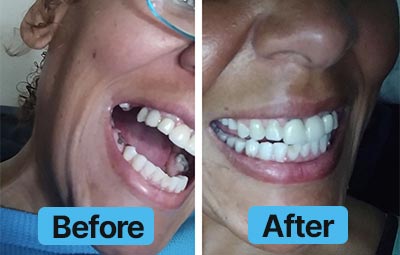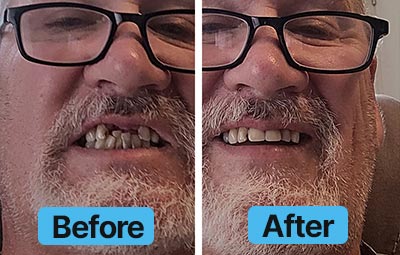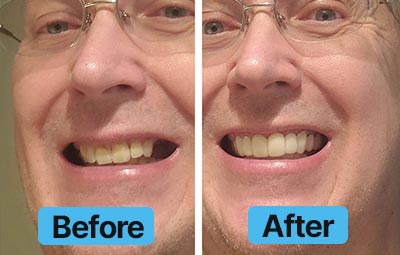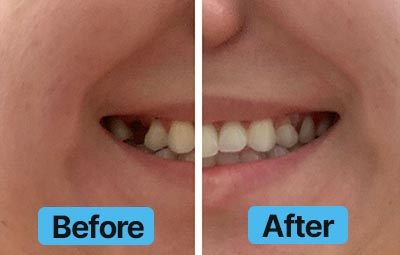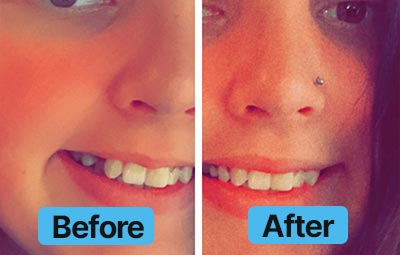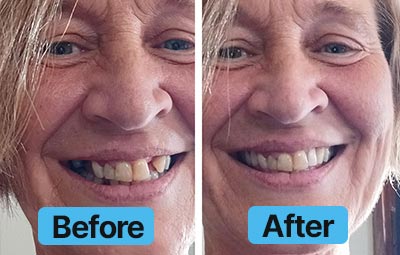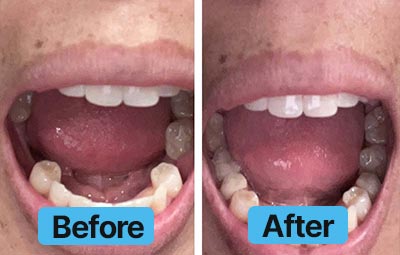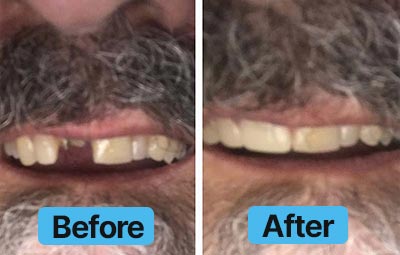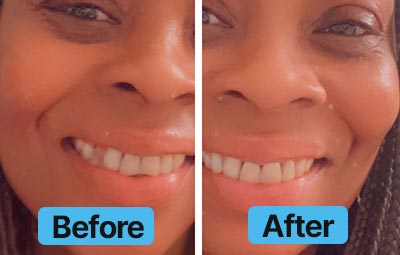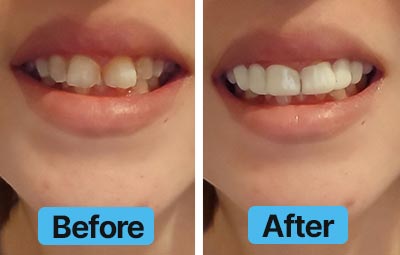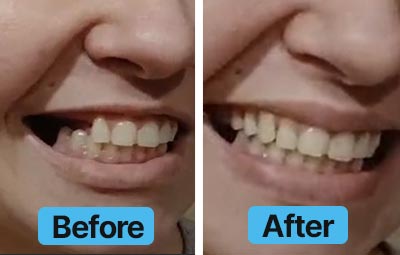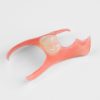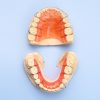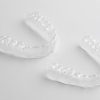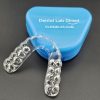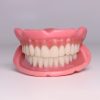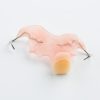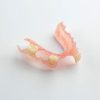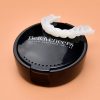
You may have recently lost a tooth from an extraction or some other cause and are looking for the right replacement option. Advances in dental technology have made many choices available, including dental implants.
This option is becoming increasingly popular, but it’s expensive and requires several months to complete the treatment. As a result, non-implant alternatives may be a better fit for you.
Partial Dentures with Metal Clasps
Partial dentures provide you with an enhanced smile, especially when your missing teeth are in the front. Replacing missing teeth can also improve your chewing and speaking ability. Partial dentures with metal clasps are primarily made of acrylic, creating a natural appearance.
The clasps serve as hooks that attach to your remaining teeth to hold the denture in place. However, they’re also easy to remove, which you need to do often for routine cleaning and maintenance. The metal clasps make these dentures more durable than other types of partial dentures, making them preferable for people who want a removable, cost-effective solution for their missing teeth.
In addition, metal clasps provide greater support, reducing the risk of the dentures slipping. These dentures also keep your natural teeth in place, preventing future dental problems.
Flexible Partial Dentures
One common way to fix missing teeth without implants is a flexible partial denture. It’s a removable dental appliance that replaces missing teeth in both function and appearance. Their foundations are transparent, making your natural gums visible. This feature makes flexible dentures more aesthetically pleasing than traditional metal dentures. Flexible dentures are also less expensive than metal dentures and don’t require multiple surgeries like implants do.
Flexible dentures are made from a thermoplastic nylon resin, meaning they can be precisely molded when heated. They wrap around your natural teeth and attach to them via transparent clasps. In addition, the material that flexible dentures are made from is free of Bisphenol A (BPA), making it non-allergenic. This feature is especially beneficial for people who are allergic to metal. Flexible dentures are also highly durable and stain-resistant, allowing them to last between five and eight years.
Dental Bridge
A dental bridge is a prosthetic that bridges the gap created by a missing tooth. Depending on the specific type, it includes an artificial tooth to fill the gap and additional features to hold the bridge in place. Bridges are classified into tooth-supported fixed bridges and resin-bonded bridges.
A tooth-supported fixed bridge, or a traditional bridge, is the most common type. The artificial tooth, or pontic, has crowns on both sides, which attach to your natural teeth. This type of bridge is best when only one tooth is missing, as it attaches directly to the teeth rather than being implanted into the gums. Tooth-supported fixed bridges typically last between 5 and 10 years.
A resin-bonded bridge, also known as a Maryland Bridge, consists of a metal frame with a porcelain tooth in the middle. It also has two metal wings attached to the back of neighboring teeth with bonding resin, so it requires less preparation of the natural teeth than a tooth-supported fixed bridge.
A resin-bonded bridge is often used to replace missing front teeth, which have fewer structural requirements during chewing than back teeth.
Dental Flipper
A dental flipper, or flipper tooth, is an economical solution when you’re only missing one tooth in the front of your mouth. This removable dental appliance fills the space left by the missing tooth and is designed to blend in with the surrounding teeth. It’s typically made of acrylic, allowing a flipper tooth to meet both the aesthetic and functional requirements of a front tooth.
This appliance is temporary, but it can still provide significant improvements in chewing and speech while restoring your smile. It’s also easy to remove, making it convenient to clean and maintain. A flipper tooth is typically used during the interim while you explore permanent options for replacing a tooth.
Essix Retainer
An Essix retainer is a dental retainer with a prosthetic tooth attached. These retainers are typically thin, clear plastic, allowing you to see the teeth and gums under them. The prosthetic tooth is made separately to ensure it matches the missing tooth and then attached to the retainer.
Essix retainers are primarily used long-term to keep the teeth in position after orthodontic treatment with braces or Invisalign. However, they can also serve as a short-term method of tooth replacement by adding a prosthetic tooth. In this case, an Essix retainer is an interim cosmetic solution for tooth replacement until you decide on a permanent solution.
Explore How to Fix Missing Teeth Without Implants
Many options are available for replacing missing teeth without implants, including temporary and permanent solutions. Making the best choice requires you to consider cost, convenience, durability and personal preference.

 30 DAY warranty on all custom-made products | 1,000+ 5 Star ★★★★★ Reviews
30 DAY warranty on all custom-made products | 1,000+ 5 Star ★★★★★ Reviews
